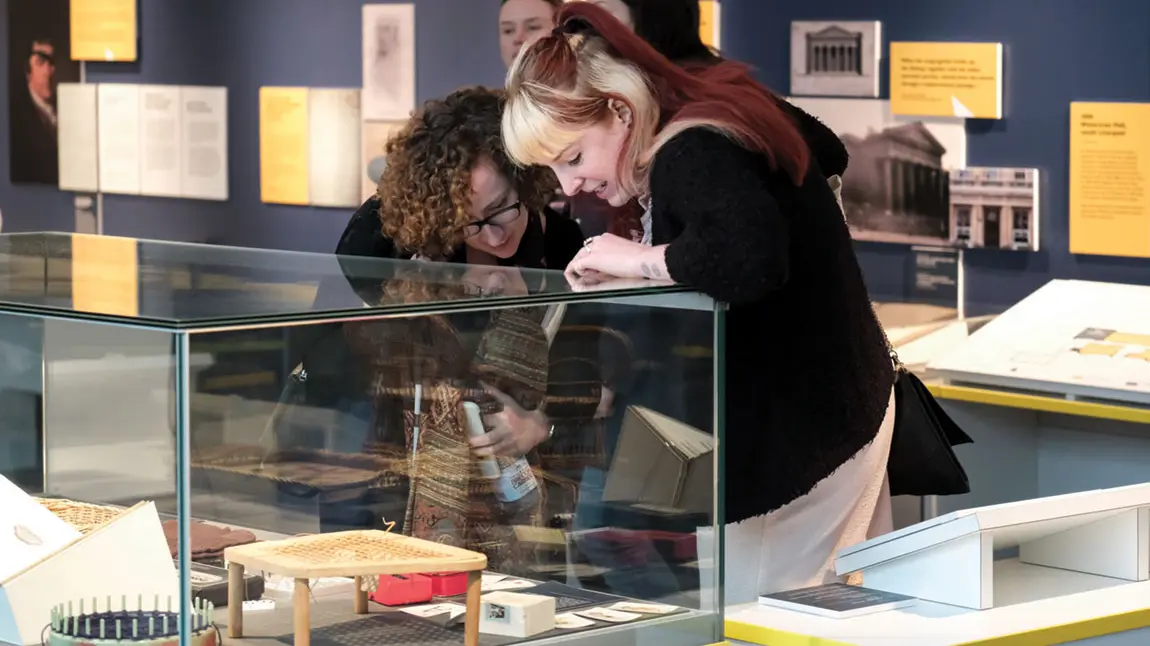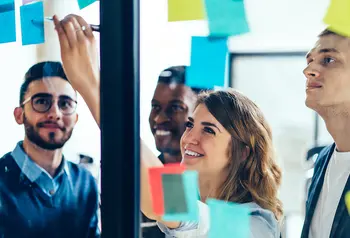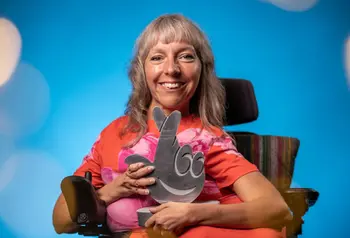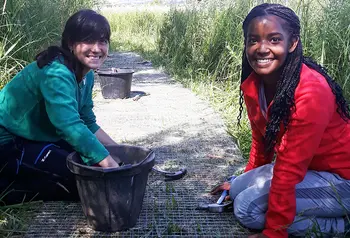Diversifying workforces benefits staff, employers and heritage audiences

Around 22% of the UK population is disabled, but only 4% of the museum workforce define as disabled.
We created the Curating for Change programme to provide work placements and professional development for D/deaf, disabled and neurodivergent people who want to pursue a career in museums. Together with the 20 host museums, we’re working towards creating exhibitions that will shine a light on some disability heritage that’s not been seen before.
Before we started, we kept hearing from museums: ‘we never get any disabled people applying for jobs’. One of our assumed risk factors was that we wouldn’t get enough people applying.
That hasn’t been an issue at all. We've been completely oversubscribed for all the placements.
Innovating recruitment practices
What we found through trialling a different approach is that disabled people weren’t applying before because they just couldn’t break through the initial steps. A lot of museums might have an online application portal that isn’t accessible to everyone. Or they might have quite rigid HR processes that are inaccessible and don’t take into account the needs of disabled applicants.
We ran the recruitment for this programme, rather than the museums, so we were able to experiment outside standard practice. We said things like: you can apply on film, you can apply by audio, you can give us a written application or you can even give us a collage. And we had all those types of applications sent to us.
The interviewees commented how it's the most accessible experience they've had, how it's probably one of the best interviews they’ve ever had, where they felt the most understood ever.
We also created little films ourselves which sat alongside the job ad. A film about the programme and one from each of the partner museums. It took away the mystery of what was involved, and it also turned the process on its head, like the museums were applying to the candidates, rather than the other way around.
And we sent out the interview questions to candidates in advance.
Learning from fresh perspectives
The interviewees commented how it's the most accessible experience they've had, how it's probably one of the best interviews they’ve ever had, where they felt the most understood ever.
And pretty much all of the museums also said how helpful they found it, that it was unlike any other recruitment process they’d done before. One museum said to me: ‘we would never have got this diversity of applicants using our own recruitment practices’.
As soon as you start bringing in different people with different life experiences and different perspectives, you're much more likely to get broader thinking and more creative, innovative ideas.
Many of the museums have now started supplying interview questions in advance as part of their recruitment. This will benefit all future applicants, not only disabled people.
And although it’s early days, museums are also beginning to learn from the people on the placements, too.
For example, having somebody on site that's a wheelchair user has opened their eyes to the fact some of their doors are really, really heavy. So they’ve installed door openers. It’s not something they would have considered without a disabled person on site and it benefits many more beyond just that disabled person. Colleagues carrying heavy items, or who might be temporarily disabled through injury such as a broken arm will also benefit from that door opener.
It just goes to show the value of doing things in new ways and diversifying the workforce. As soon as you start bringing in different people with different life experiences and different perspectives, you're much more likely to get broader thinking and more creative, innovative ideas.
Innovations that have wide benefit
In 2020 I was working on a disability-led academic research program called D4D that used telepresence robots. They’re like Zoom on wheels – a tablet computer at head level, sitting on a pillar connecting to wheels at the bottom. It’s controlled remotely using the arrows on your keyboard, and the user can manoeuvre autonomously around a space, talk to people and see what’s going on.
I am on the Board at Hastings Contemporary and I suggested we try using the robot to allow people to explore the gallery during lockdown, when nobody was able to visit in person. It was immensely popular. We got international media coverage. Nobody had used a telepresence robot in a cultural space like that before.
It really showed that this tech – something that we’d been using with disabled people – had a massive benefit for a wider, non-disabled audience too.
Defying expectations
We need to move away from thinking about accessibility as a sort of tick box exercise that people feel they have to do, or even just that it’s the right thing to do.
Actually, there’s real value in inclusive recruitment and access for your organisation and your audience. When we extend the sector beyond who or what we think a traditional heritage person looks like, it benefits everyone and builds a more sustainable sector for the future.
About Esther Fox
Esther is a programme director, artist and researcher interested in exploring the connections between medicine, art, museums and ethics. Esther is Head of Accentuate, which creates opportunities for D/deaf, disabled and neurodivergent people to lead and participate in the cultural sector. She is currently the strategic lead on Curating for Change, working with over 20 museums across England to deliver a programme for disabled people to pursue careers in museums. Esther is also a trustee of Hastings Contemporary.
- Views expressed in the Future Heritage blog series are those of the authors, not necessarily of The National Lottery Heritage Fund.



